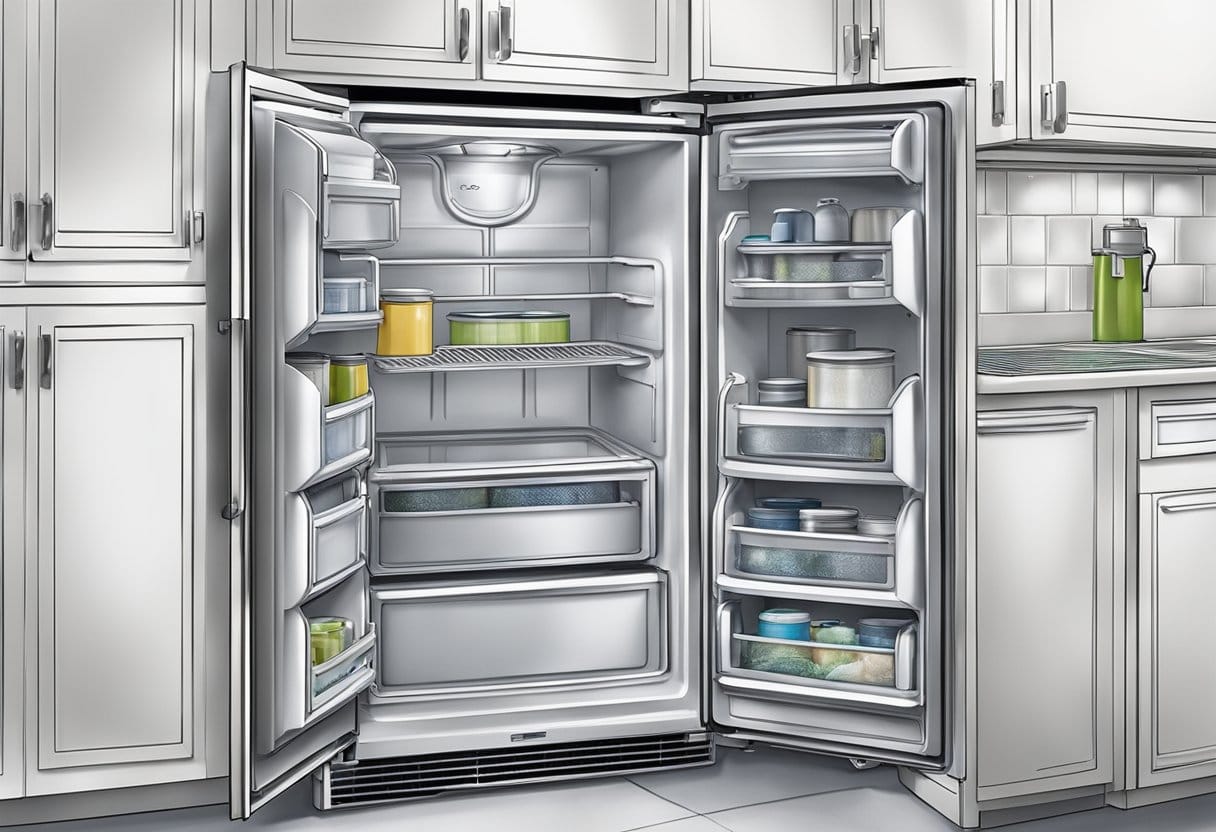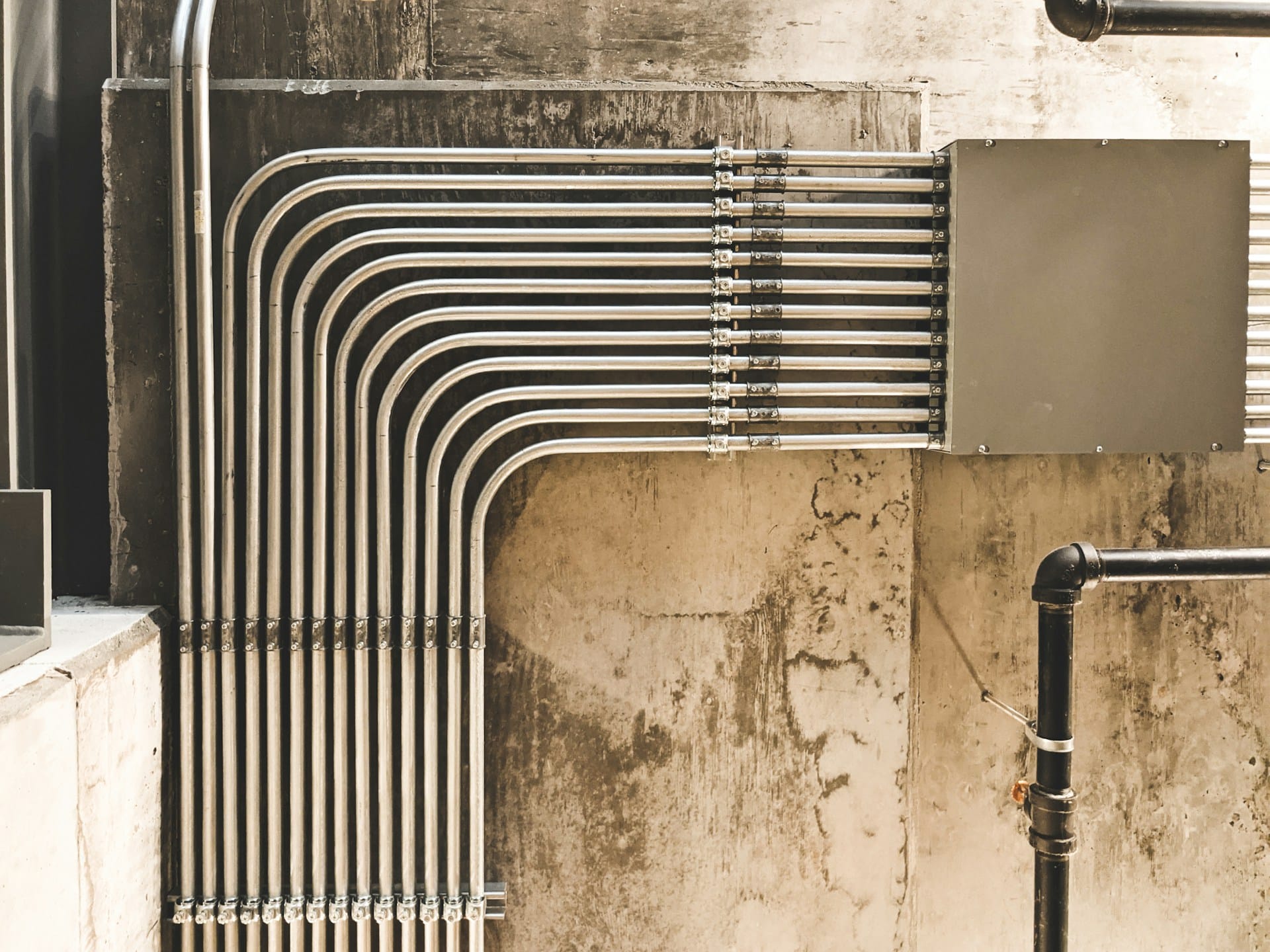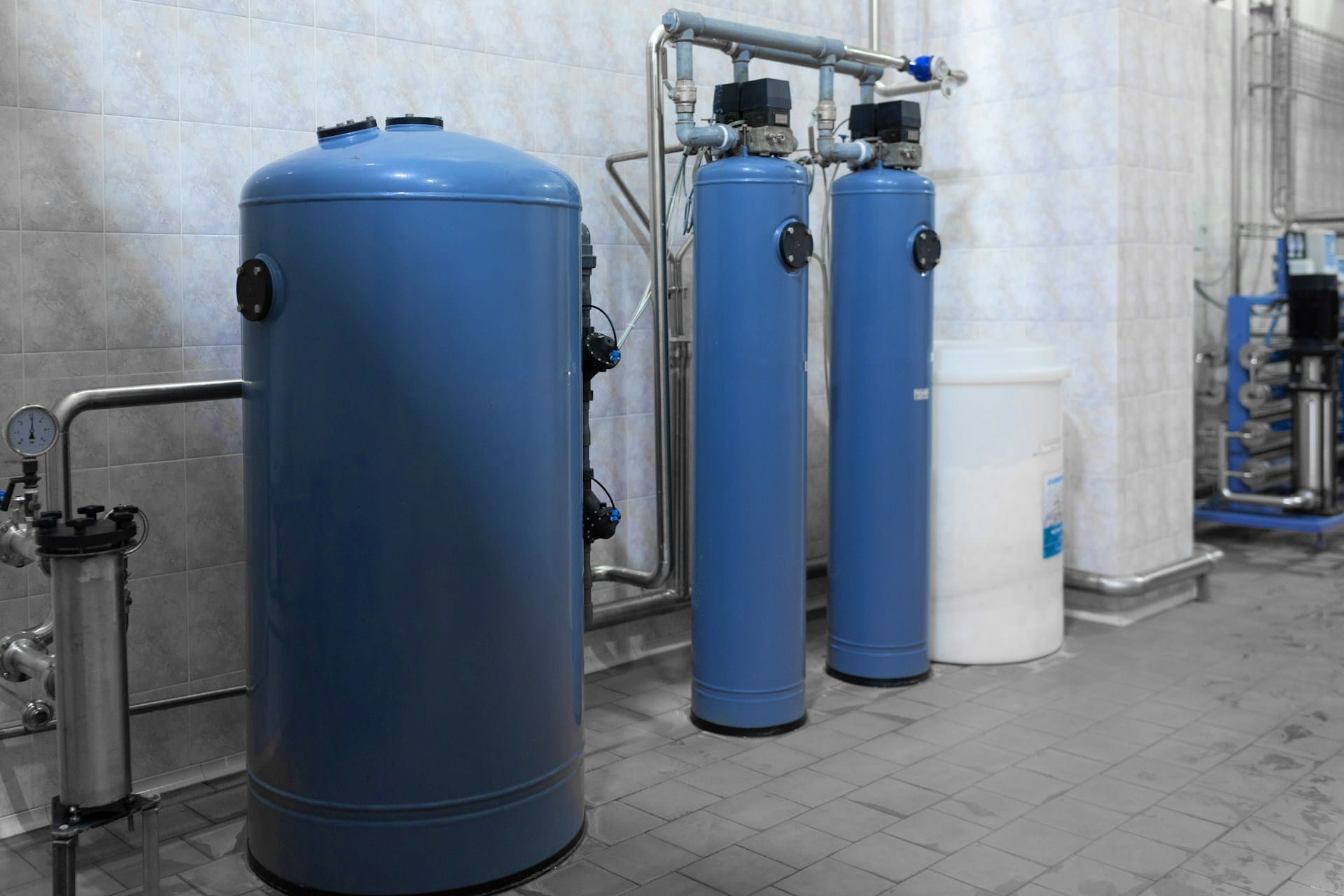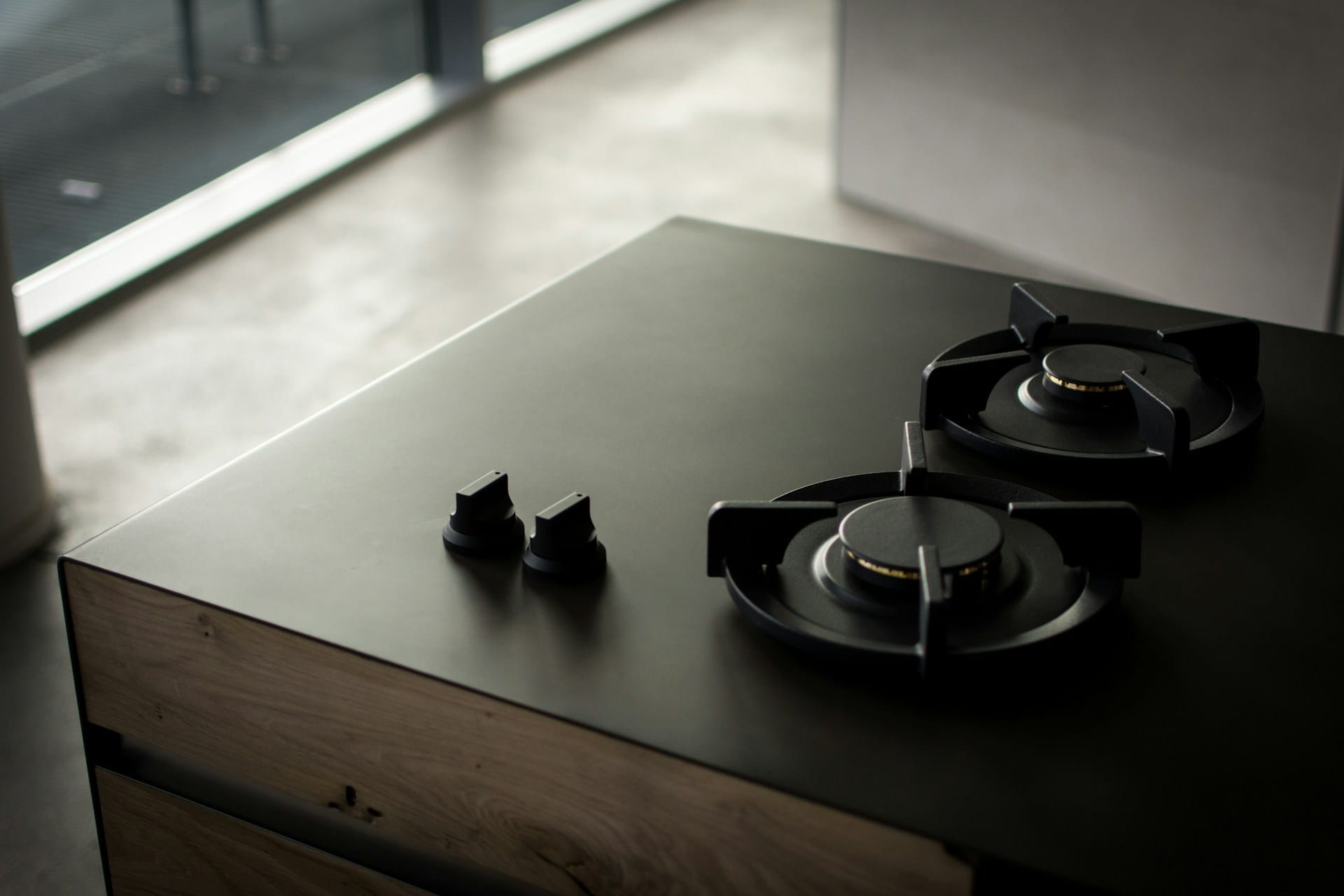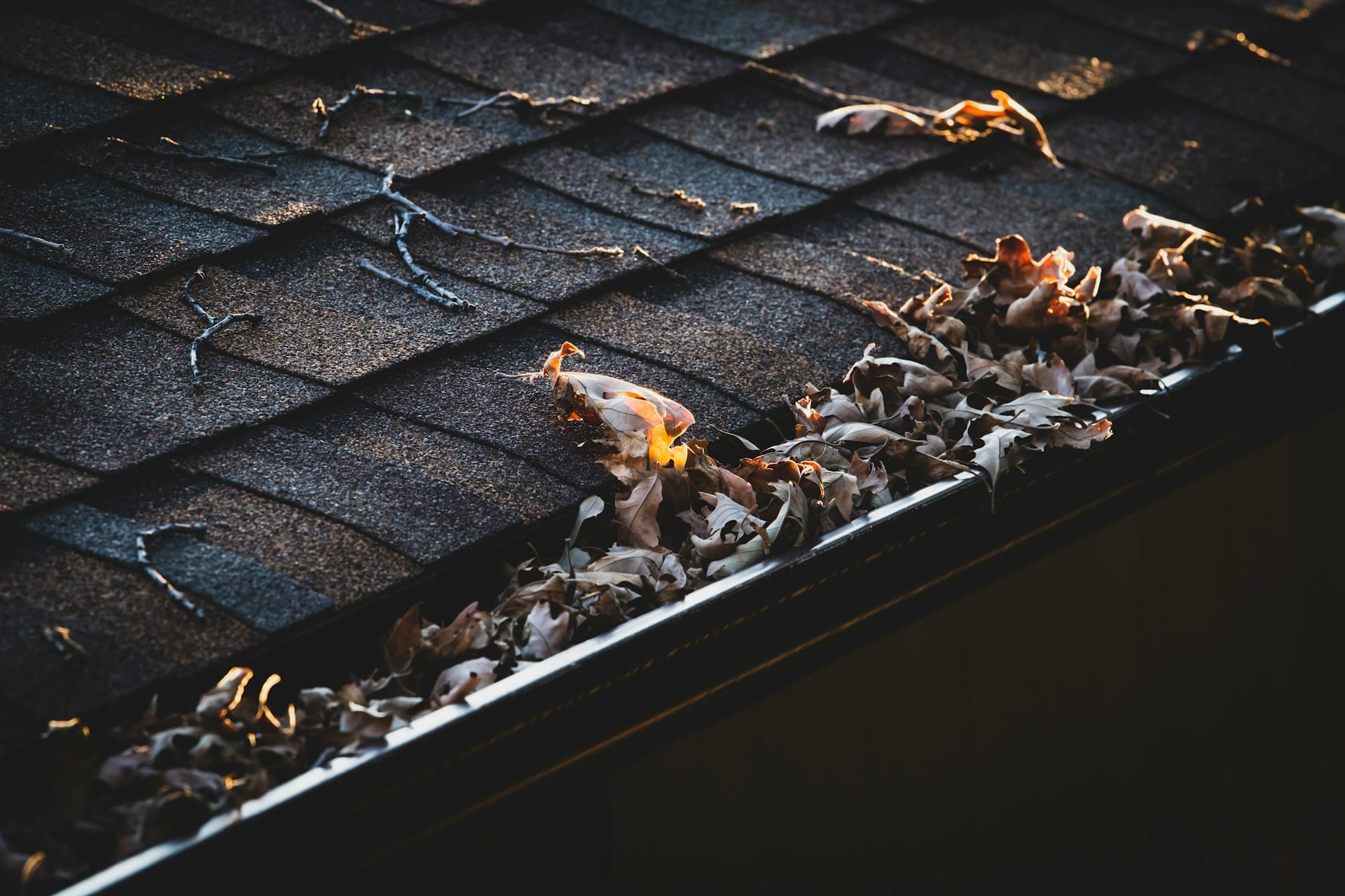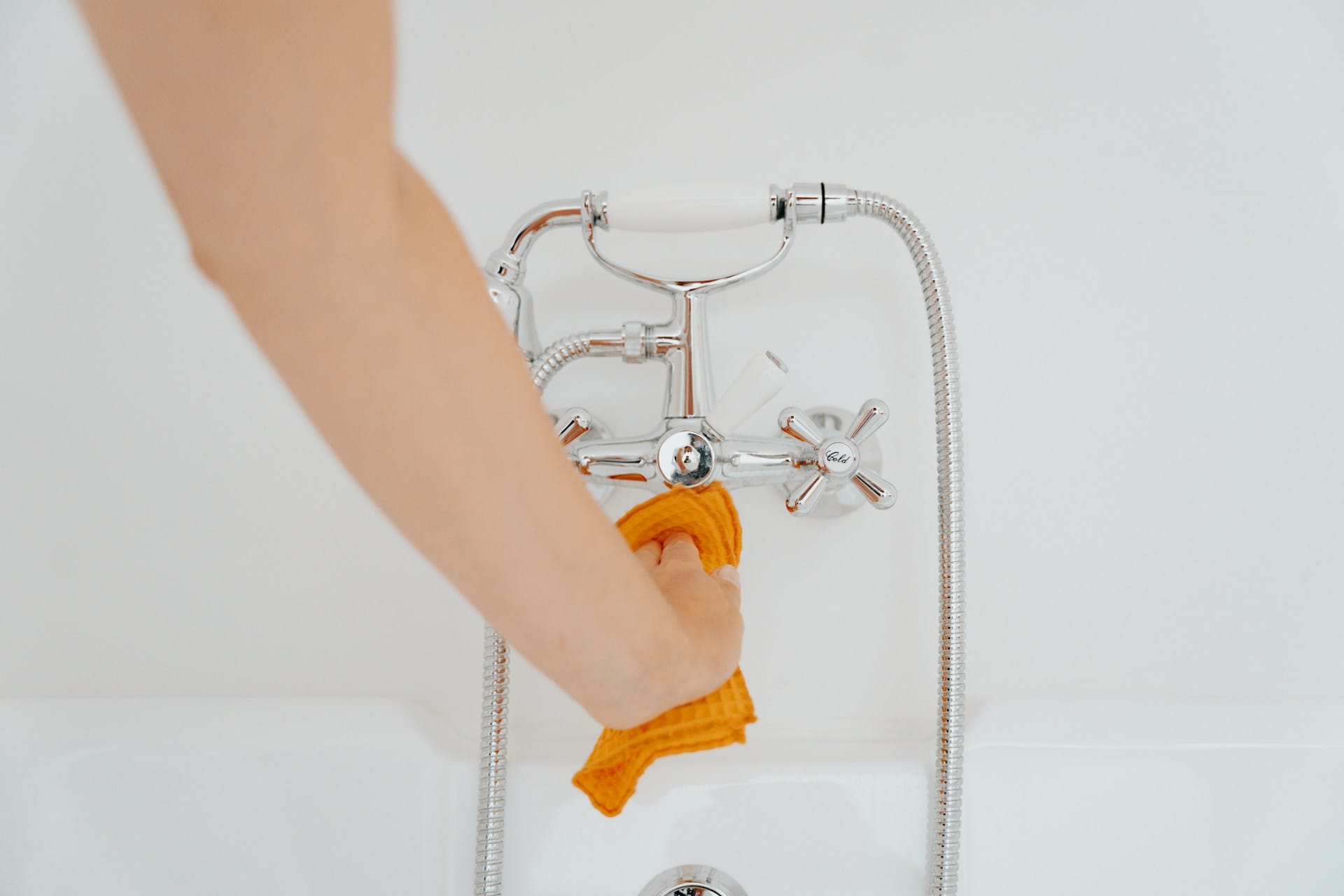Locating the condenser coils on your Whirlpool refrigerator is essential for maintaining its efficiency. Typically, the condenser coils can be found either at the back of the unit or underneath it, depending on the model. These coils play a crucial role in the refrigeration process, and keeping them clean is vital for optimal performance.
Understanding the placement of these refrigerator components can save you time and enhance the lifespan of your appliance. Regular maintenance, including cleaning the coils, can prevent unnecessary breakdowns and ensure your refrigerator runs smoothly. Knowing where to find and how to care for these coils can lead to significant improvements in your fridge’s energy efficiency.
By taking the time to check on your Whirlpool refrigerator’s condenser coils, you’re taking a proactive approach to home maintenance. This simple step can lead to better cooling performance and lower energy bills, making it a valuable tip for any homeowner.
Understanding Whirlpool Refrigerator Components
A Whirlpool refrigerator relies on a few key components to ensure effective cooling. Among these, the condenser coils, compressor, and evaporator coils play critical roles in refrigerant management and temperature regulation.
Function of Condenser Coils
Condenser coils are essential for the cooling process in your refrigerator. Located typically at the back or bottom, they expel heat from the refrigerant, allowing it to transition from gas to liquid. This transformation is crucial, as it prepares the refrigerant for its next phase in the cooling cycle.
When cleaning the condenser coils, it’s important to remove dust and debris, which can impair efficiency. Using a vacuum with a soft brush can help you maintain these coils. A clean set of coils enhances cooling efficiency and prolongs the life of your refrigerator.
Role of the Compressor
The compressor is another vital component, acting as the heart of the refrigeration system. It pumps the refrigerant through the coils and is responsible for compressing the refrigerant gas, raising its pressure and temperature. The high-pressure gas then enters the condenser coils, where it sheds heat.
In essence, the compressor ensures that refrigerant circulates properly, enabling consistent cooling throughout the appliance. An efficient compressor contributes to lower energy costs and is key to preventing breakdowns. Regular maintenance of this component can extend its lifespan.
Importance of the Evaporator Coils
Evaporator coils work in conjunction with the other components to complete the refrigeration cycle. Located inside the refrigerator and freezer sections, these coils absorb heat from the interior, cooling the air within. This process transforms the refrigerant from liquid to gas, completing the cycle.
Keeping the evaporator coils free from frost or ice is critical to optimal performance. If these coils become blocked, the refrigerator may not cool effectively. Regular inspection will help avoid potential issues, ensuring your refrigerator runs smoothly and efficiently.
Locating the Condenser Coils
Identifying the location of the condenser coils in your Whirlpool refrigerator is essential for effective maintenance and troubleshooting. Knowing where these coils are situated can help you keep your refrigerator running efficiently and prevent cooling issues.
Typical Placement
Condenser coils are commonly located in two main areas of Whirlpool refrigerators: at the back or underneath the unit.
- Back Location: If your refrigerator has coils at the back, they will typically run vertically along the rear panel.
- Bottom Location: For many models, especially newer ones, the coils are found at the bottom front behind a removable toe panel.
You may need to pull the refrigerator away from the wall to gain access. Regular inspection of these coils is crucial, as dust and debris accumulation can hinder performance and lead to cooling problems.
Accessing Hidden Coils
When the coils are positioned in less obvious locations, accessing them can be challenging but manageable.
- Remove Panels: For bottom-mounted coils, start by locating and removing the toe kick or lower front panel.
- Use a Vacuum: Once exposed, use a vacuum cleaner with a soft brush attachment to gently clean the coils.
In some cases, the coils may be tucked away, making it difficult to see them. Refer to your specific model manual if needed, as some units might have unique configurations. Keeping these areas clean is vital for proper refrigerator troubleshooting and long-term efficiency.
Maintenance of Refrigerator Coils
Maintaining the condenser coils of your Whirlpool refrigerator is crucial for optimal performance. Proper cleaning and regular maintenance can enhance efficiency and prolong the life of the appliance.
Cleaning Process
To clean the condenser coils, follow these steps for effective maintenance:
- Unplug the Refrigerator: Before beginning, ensure your refrigerator is unplugged to avoid any electrical hazards.
- Locate the Coils: Depending on your model, the coils may be at the back or beneath the unit. Refer to your manual if needed.
- Remove Obstacles: If the coils are located under the refrigerator, remove the lower toe panel for better access.
- Vacuum the Coils: Use a vacuum with a brush attachment to gently clean the coils. Ensure you remove dust and debris thoroughly.
- Clean the Condenser Fan: Inspect the condenser fan for dust build-up. Clean it using a soft cloth or a can of compressed air. A clean fan blade ensures effective cooling.
Regular cleaning of the coils improves energy efficiency by preventing overheating and helps in maintaining optimal cooling performance.
Frequency of Cleaning
The frequency of cleaning your refrigerator’s condenser coils depends on your home environment. Generally, you should aim to clean the coils every 6 to 12 months.
Consider these factors that may require more frequent cleaning:
- Pet Hair: If you have pets, clean every 3 to 6 months to prevent fur buildup.
- Dusty Environments: Homes in dusty areas may need more frequent attention.
- Cluttered Spaces: Ensure that debris isn’t accumulating around the refrigerator, as this can obstruct airflow.
Regular maintenance not only enhances cooling efficiency but can also extend the overall lifespan of the appliance. Keeping the coils clear of dust ensures that the refrigerator operates effectively.
Troubleshooting Poor Refrigerator Performance
If your Whirlpool refrigerator isn’t functioning as it should, identifying the root cause is essential. Common issues usually involve the condenser coils and ice production, which affect cooling efficiency. Here’s how to troubleshoot these problems.
Identifying Common Issues
Begin by checking the condenser coils. Dust and debris can accumulate, hindering performance. Locate the coils, typically either on the back or beneath the unit. Clean them using a vacuum with a soft brush attachment.
Next, consider poor ice production. If your icemaker isn’t producing ice, check the water supply for blockages. Ensure that the water line is connected and free of ice.
Additionally, keep an eye on the temperature settings. The fridge should be set between 37°F and 40°F while the freezer is at 0°F. Verify if the door seals are tight; worn seals can lead to temperature fluctuations.
When to Call a Professional
If you’ve cleaned and checked everything but your refrigerator still isn’t performing well, it may be time to seek help.
- Look for strange noises: Rumbling or buzzing sounds might indicate a failing compressor or a malfunctioning fan.
- Inconsistent temperatures: If your fridge frequently fluctuates in temperature despite correct settings, an electrical issue or a faulty thermostat could be at play.
- Icemaker problems can also signal deeper issues. Low water pressure or malfunctioning components typically require expert assessment.
If these concerns persist, contacting a qualified technician ensures accurate diagnosis and repair, helping to restore your refrigerator’s performance efficiently.
Optimizing Refrigerator Efficiency
To enhance your Whirlpool refrigerator’s efficiency, focus on several key areas:
- Condenser Coils: These coils play a crucial role in cooling. Locate them typically at the back or beneath your refrigerator. Ensure they are clean and free of dust and debris for optimal performance. Regular cleaning is recommended.
- Evaporator Coil: This coil absorbs heat from inside the fridge. Ensure the airflow around the evaporator is not blocked. Clutter can hinder its function, leading to less efficient cooling.
- Fridge Door: Regularly check the door seals for wear and tear. A damaged seal can allow warm air to enter, making your fridge work harder. Consider replacing seals if they show signs of damage.
- Temperature Settings: Keep your refrigerator at 37°F and the freezer at 0°F. This balance maintains food freshness while consuming less energy.
- Airflow: Maintain adequate space around your refrigerator for airflow. Avoid placing it too close to walls or cabinets to prevent overheating.
By focusing on these areas, you can improve the efficiency of your Whirlpool refrigerator, extend its lifespan, and save on energy costs. Regular upkeep prevents common issues and ensures your appliance operates at its best.
Frequently Asked Questions
Finding and maintaining the condenser coils on your Whirlpool refrigerator is essential for optimal performance. This section addresses common inquiries related to their location, cleaning, and maintenance.
How do I locate the condenser coils on a Whirlpool side-by-side refrigerator?
On a Whirlpool side-by-side refrigerator, the condenser coils are usually located at the back of the unit. You may need to move the refrigerator away from the wall for better access.
What is the process for cleaning the condenser coils on a Whirlpool fridge?
To clean the condenser coils, first unplug the refrigerator. Use a vacuum cleaner with a soft brush attachment to gently remove dust and debris from the coils and surrounding areas.
Where can I find the condenser coils on a Whirlpool French Door refrigerator?
In a Whirlpool French Door refrigerator, the condenser coils are typically located at the bottom rear of the appliance. You might need to remove a cover panel to access them effectively.
Which tool is recommended for cleaning Whirlpool refrigerator coils?
A vacuum cleaner with a soft brush attachment is recommended for cleaning Whirlpool refrigerator coils. This tool helps remove dust without damaging the coils.
What signs indicate that the condenser coils in a refrigerator may be blocked?
Signs of blocked condenser coils include increased energy consumption and the refrigerator not cooling efficiently. You may also notice unusual noise levels coming from the compressor.
Is there a specific method to clean the condenser coils on a Whirlpool refrigerator?
Yes, begin by unplugging the refrigerator. Carefully vacuum the coils and the area underneath. For stubborn grime, wipe the coils with a damp cloth and ensure they dry thoroughly before reconnecting the power.


